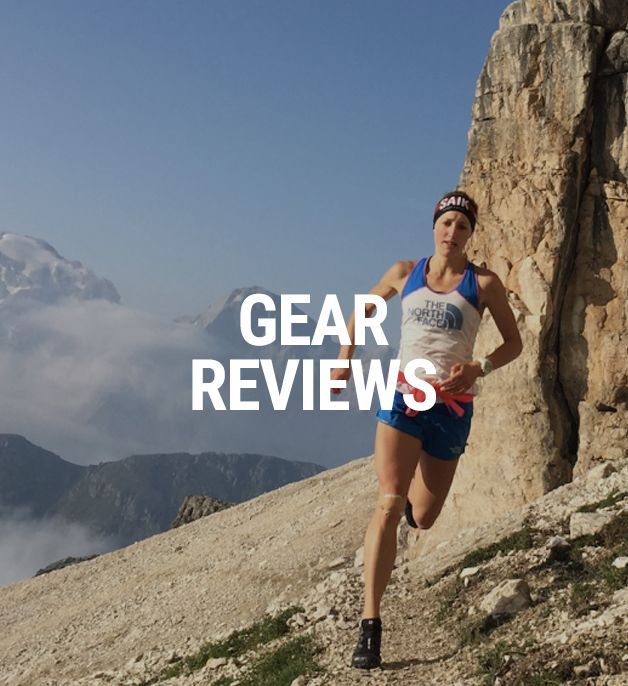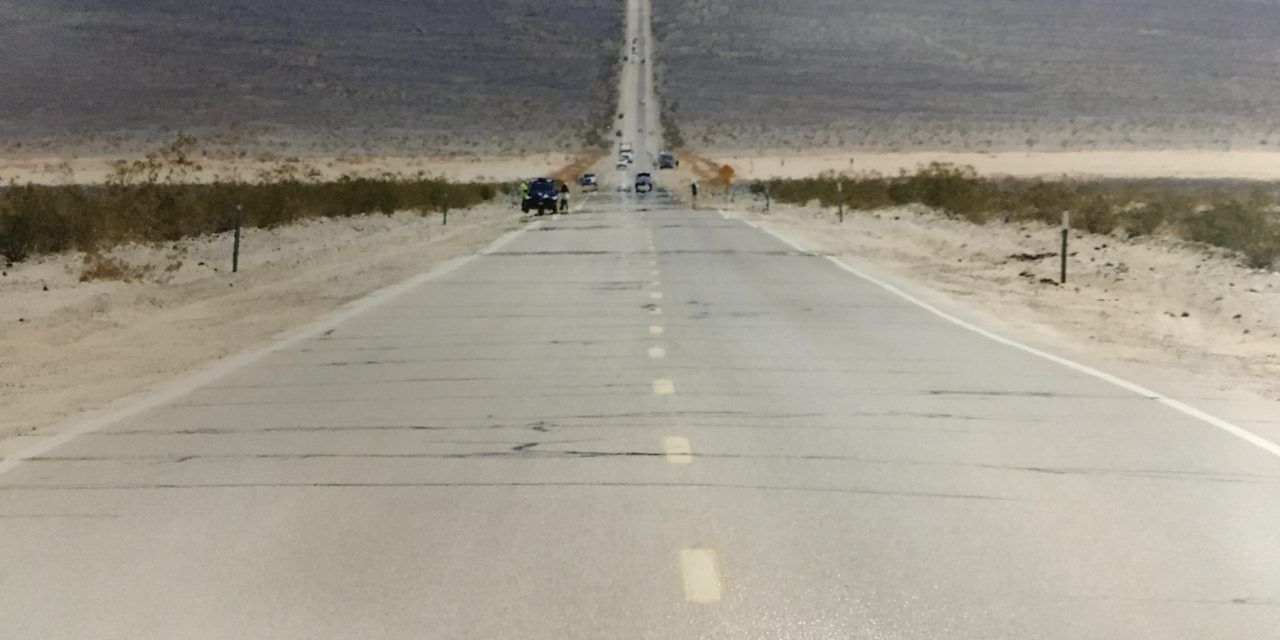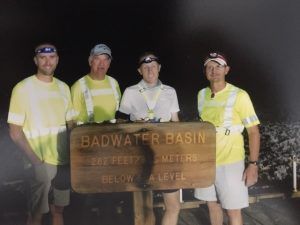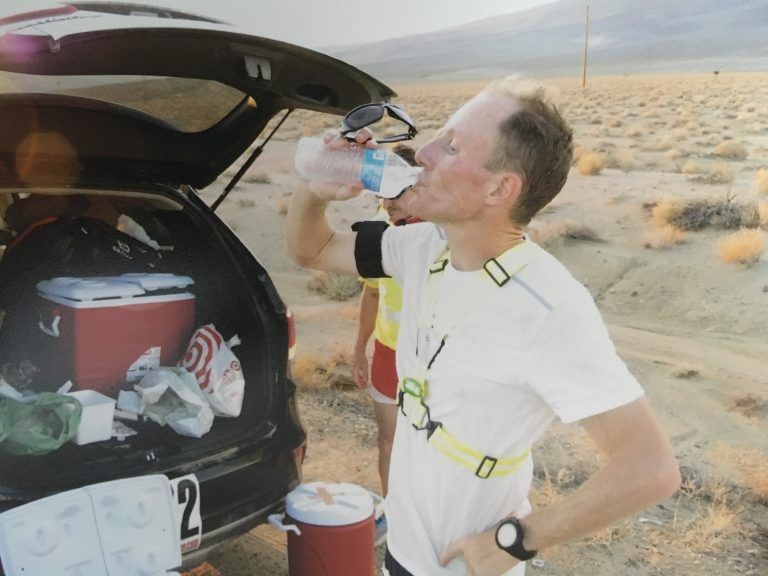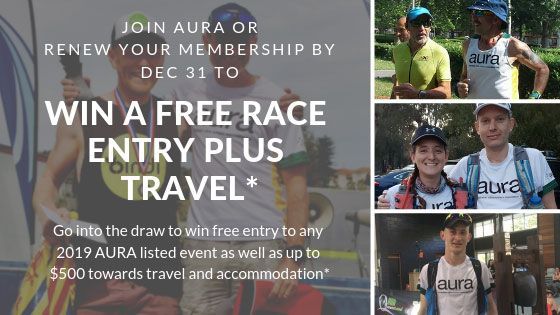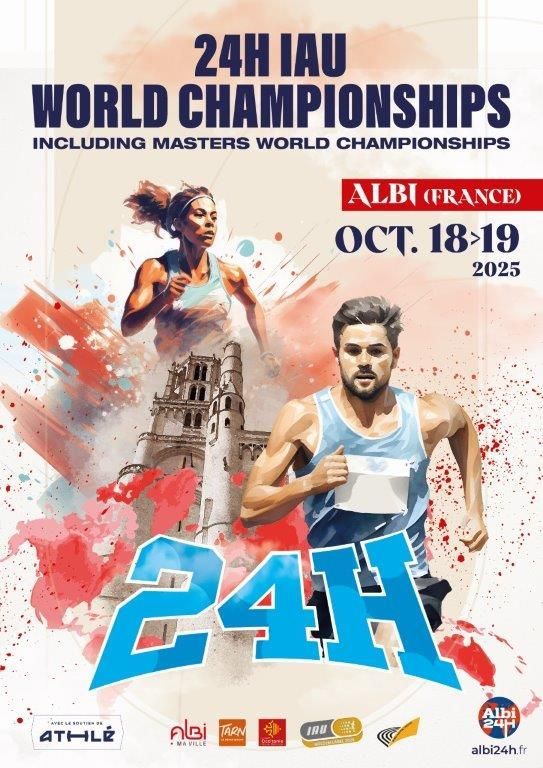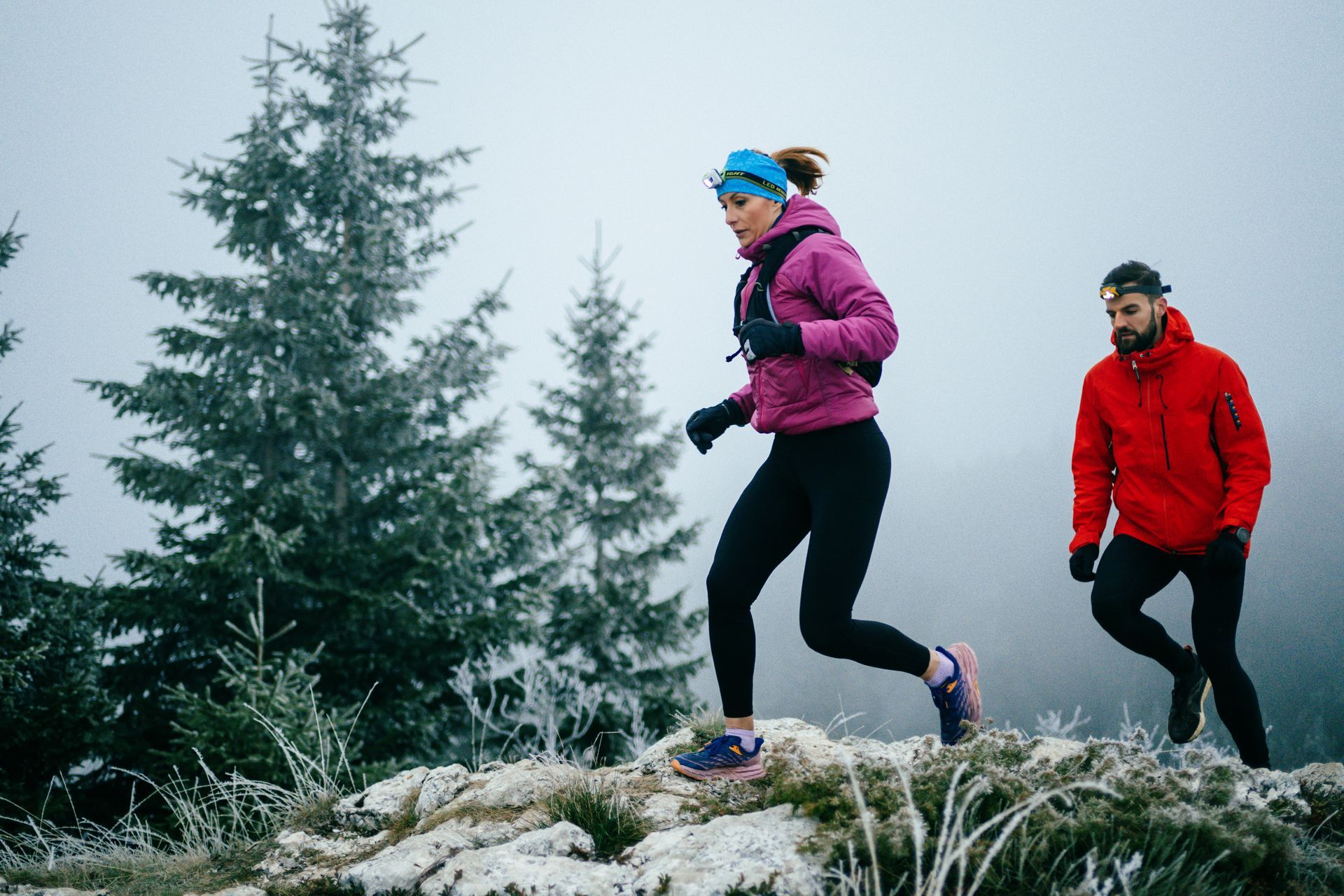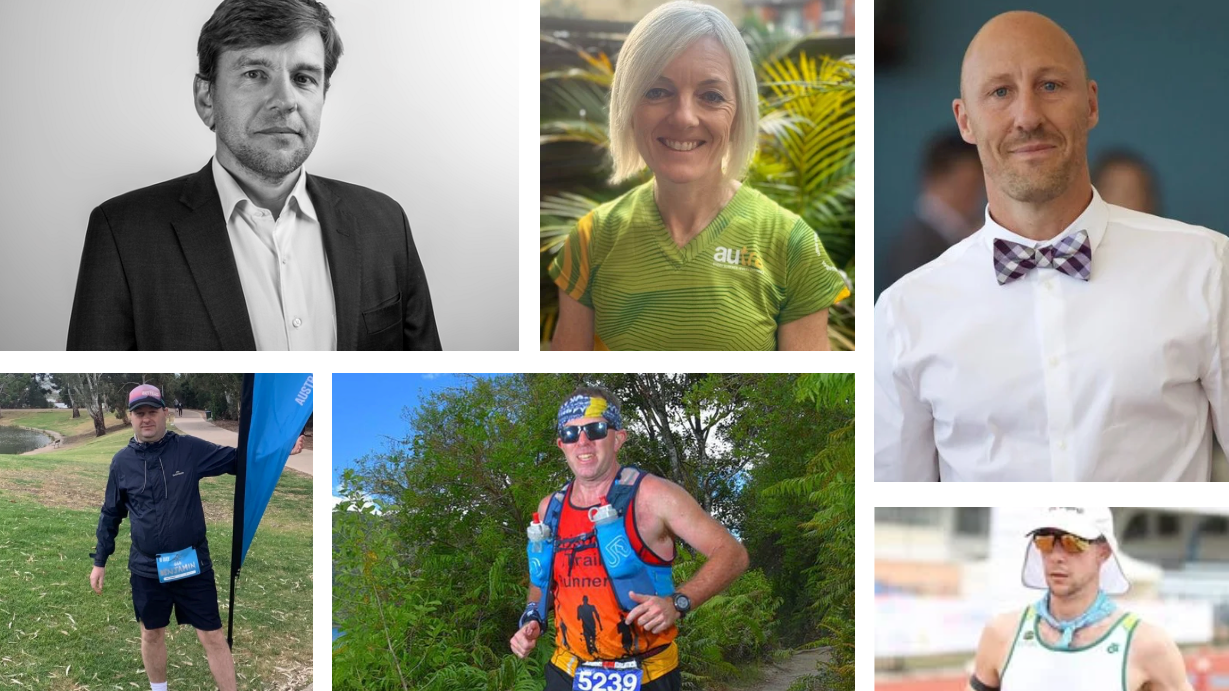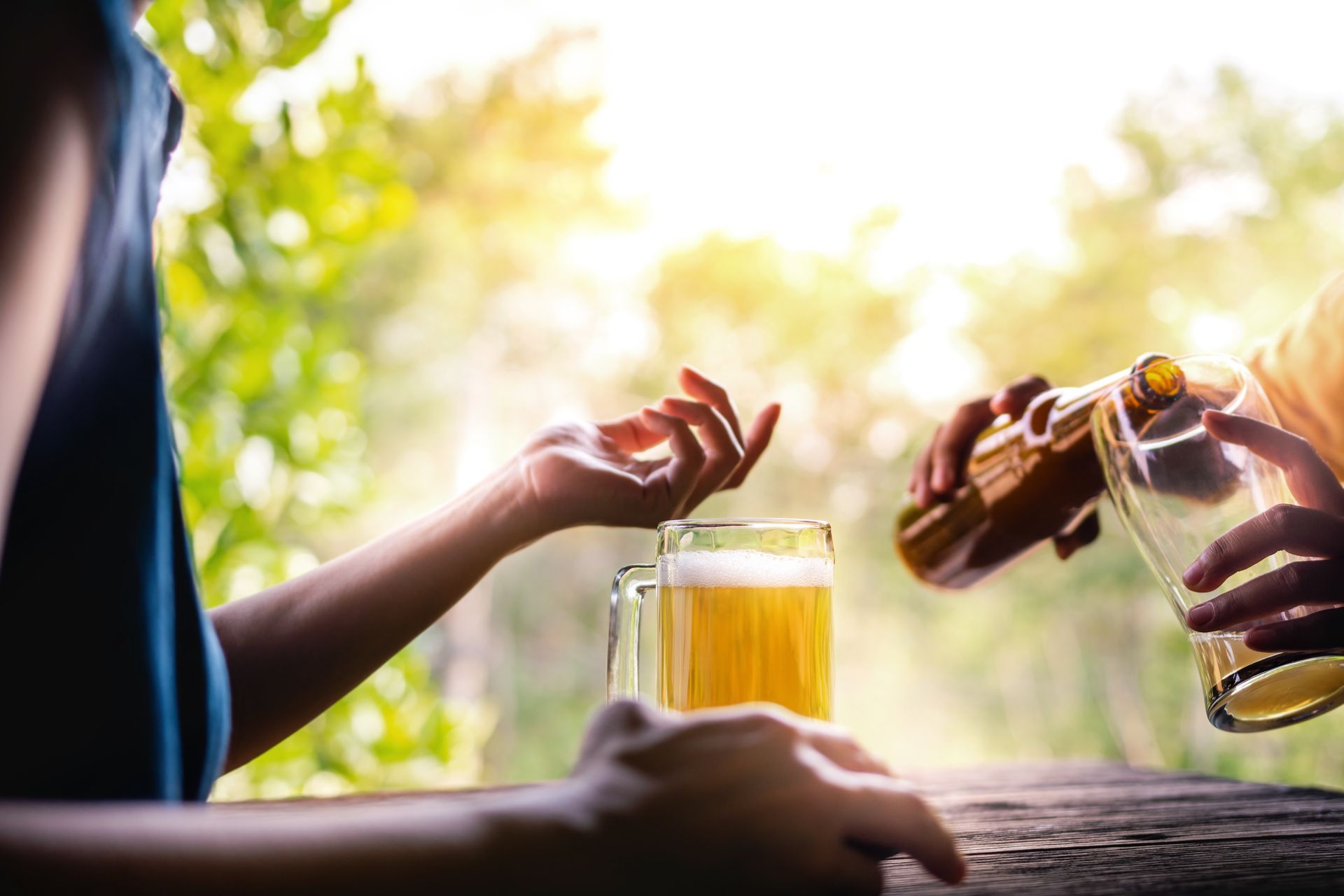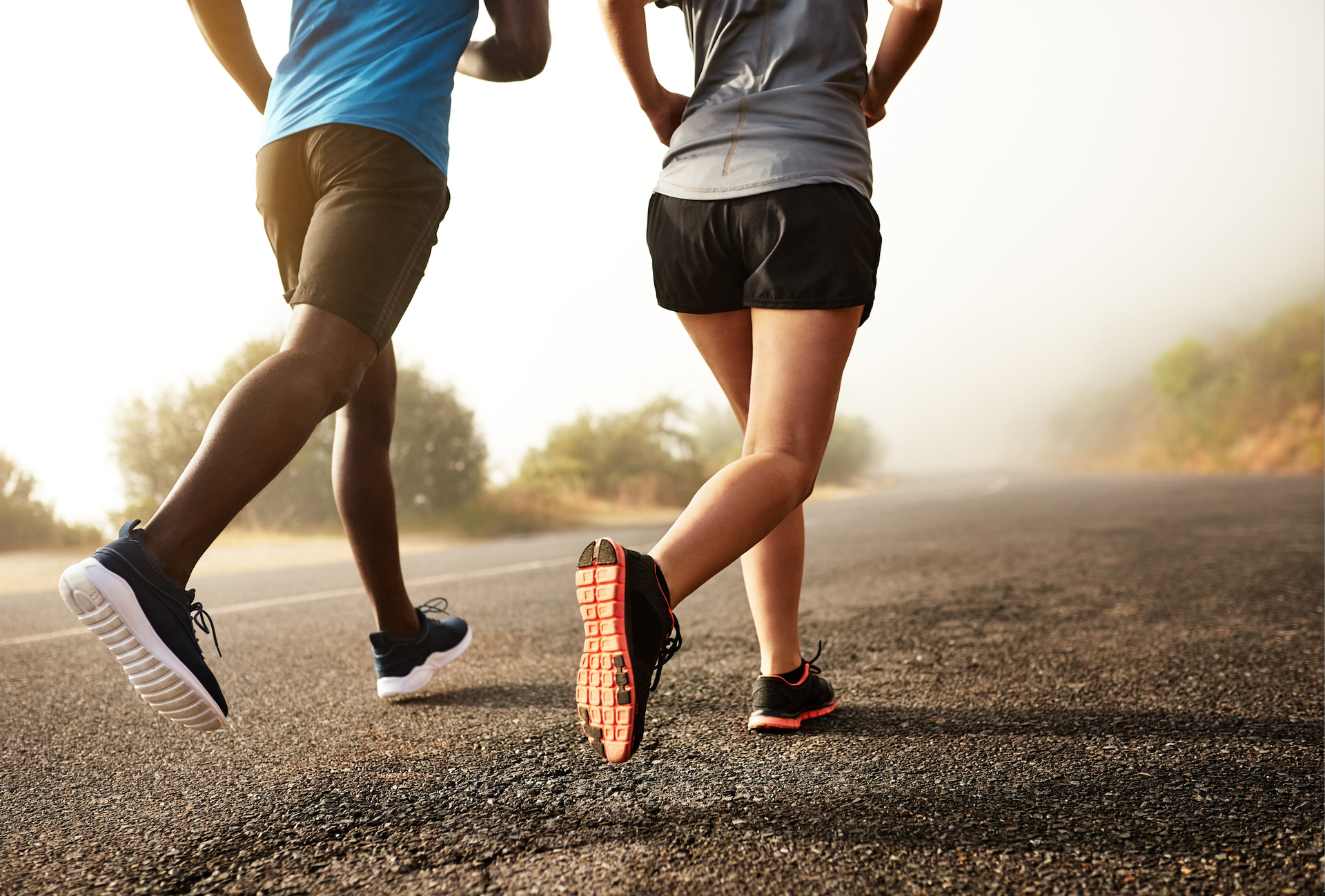For the next 40 miles I caught up to most who started hours prior in the first two waves. The novelty of passing some of the legends of ultra running was something to savour. Passed Marshall Ulrich, former winner and 20-time finisher, replete with no toenails. Said hi. He said hi back. That felt great, to compete with a real pioneer of distance running. Ed Ettinghausen, the Jester, was moving along well when I passed by at around mile 35. Each three miles when he gets to his crew, he takes off the jester hat and throws it into a bucket. Three yards further he receives a replenished drink bottle. Five yards after that picks up another jester hat from an ice bucket and sticks it on his head. Slick.
My team was not so slick…at the start anyway. They humoured me with bad jokes and tempted me with an assortment of fruit, candy and cake for the first few hours, none of which would have stayed down. Best to stick with liquids for the first part…just in case.
The rest of the night was interesting. There were a few vomiters, a few with that thousand-yard stare normally reserved for the latter part of a hundred-miler and a lot of walkers, many feeling the pinch of the endless heat. The heat remained near 50 degrees for so, so long. As the temperature finally receded before dawn, we started the 16-mile climb from Stovepipe Wells to Townes Pass.
A good third of the race is uphill, along frustrating grades that prevents all but the great runners from pushing up them as you normally would. Keeping my heart rate under control was key to survival. So, the vague plan was to run as much of the flat and downhill as possible, knowing that we would all be slogging it slowly up the endless mountain roads. But ‘plan’ is a strong word…usually I just start running and hope for the best.
Passed by fellow Aussie, the indefatigable Katy Anderson halfway up the first mountain. She was looking fresh, sitting on a giant esky sipping a cold one in the shade of her giant van. Talk about well prepared. After making it to the summit, I ran down into the next heat test known as Panamint Valley. The three fastest women on the course promptly overtook me, all looking very focused. There was no way I was going to match it with them at this stage.
I then arrived at Panamint Springs…feet were trashed. They are usually sore after 70 miles but this was something else. My father, crew chief, got in touch with the aid team, consisting of, among others, an Australian nurse and a podiatrist, both helping with the race. By pure fluke we found them in a cabin out the back of the restaurant. I laid down on a couch, offered my feet skywards and they busily got to work. I tried to take advantage of the air-conditioning working at full tilt which reduced the temperature to the low 30s rather than the 50+ outside. But after the scalpel, scissors, and needles came out to start cutting at my feet I was feeling quite upset. And I let them know it, cursing included. They told me to suck it up, which I duly did. Don’t be such a sook.
My father was watching all this, and he thought that it’s all over. He walked out to the crew to tell them it’s unlikely I would be back out there. Five minutes later I walked out with a change of socks, shoes, feet still a little tender, but all ready to go. Up the next mountain, to Father Crowley. Steep-ish grade, with the temperature rising the higher we got. At 4000ft bent over in a carpark trying to get my heartrate under control, the temperature exceeded 55 degrees. Surely it can’t get any hotter and thankfully it didn’t.
We took off towards the 92-mile checkpoint, over undulating hills which climb another 1000ft, and it started raining. It rained on us for half an hour, which pushed the temperature into the 40s for the first time for many hours, a welcome relief. I was in reasonable spirits knowing there was 30 miles of gentle downward grades and only one monster hill beyond that. US Air Force jets buzzed the road for the next hour adding extra relief from the inevitable soreness, all over.


